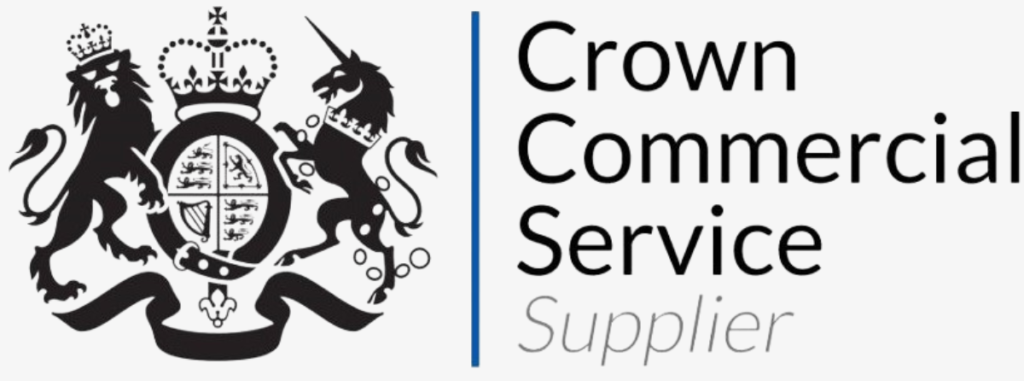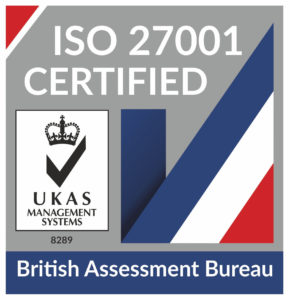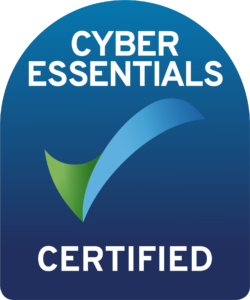
HaloITSM Guides
Documentation to assist with the setup and configuration of the HaloITSM platform
Asset Views
In this guide we will cover:
- Asset Lists and Key Fields
- Column Profiles
- Related Assets Column Profile
- Changing the display name of an Asset
Associated Admin Guide:
In this guide, we will look at the different ways that the list of assets can be presented & the different ways we can display information within a given asset.
Asset Lists and Key Fields
There are two main ways in which the list of assets can be presented: By asset type or by asset group. The default list view can be set via Configuration > Asset Management > General Settings.
Fig 1. Setting default list type for Assets.
When viewing the list of Assets, the default column profile will look similar to:
Fig 2. Default Column Profile for Assets.
Notice the last three/rightmost columns - Key field 1, 2 and 3. The data in these columns is determined by the Key Fields for an Asset Type. Setting an Asset Type's key field is done within the configuration for an Asset Type, via the "Field List" tab.
Fig 3. Field List within Asset Type Configuration.
Setting an Asset field as a Key field is a case of editing the field in question, then setting said field as a 'Key Field':
Fig 4. Editing Asset Type field to set as Key Field.
Note that, as different Asset Types can have different Key Fields, the columns in the List of Assets says the generic 'Key Field 1/2/3'. However, when viewing a list of Assets of a given type, the columns return the specific fields that have been set as the Asset type's Key Fields:
Fig 5. Columns Returned when Viewing Assets of a particular type (Laptop in this case).
This being said, HaloPSA does provide the option to create your own custom Asset Column Profiles.
Asset Column Profiles
In a very similar fashion to Ticket column profiles, Asset column profiles allow you to establish the columns of information returned when viewing the list of Assets via the Assets module.
Asset Column Profiles are created/amended via Configuration > Asset Management > General Settings.
Fig 6. Configuring Asset Column Profiles.
Again, in a similar fashion to Ticket Column Profiles, you construct your profile via adding a Column Profile ('New' in top RHS) then adding to the 'Columns' list:
Fig 7. Constructing Column Profile.
The first field in the Columns list is the left-most column & the last field in the list is the right-most. Re-ordering fields is done via drag & drop (by hovering over the LHS of the field & moving up/down):
Fig 8. Re-ordering fields.
By clicking the pencil on the Right of the field to edit, you can apply sorting/grouping accordingly:
Fig 9. Editing Asset Column Configuration.
Once applying the Column Profile I have just created:
Fig 10. Applying Column Profile.
Then the columns present in my Asset list will be altered:
Fig 11. Asset list, based on new column profile.
NB: The default Asset column Profile applied can be set per Agent, via their Preferences:
Fig 12. Default Asset Column Profile option.
In the previous guide, we discussed Asset Fields. These can be thought of as the bits of information you are looking to capture against an asset type. Of course, the type of information you are looking to capture will vary from one asset type to the next (you won't be interested in displaying the 'Operating System' field against Keyboards). With this in mind, it is important to note that column profiles can also be set per asset type - via Configuration > Asset Management > Asset Types:
Fig 13. Default Column Profile per Asset Type.
Such that, for each Asset Type, you are only presenting the relevant information in list view.
Related Assets Column Profile
Within Configuration > Tickets > General Settings you can set a column profile which will show on the related assets tab, this is done by changing the field restriction of the field.
Default view for the related assets tab (right click to see the set primary option, etc...) :
Fig 14. Default View of Related Assets Tab.
We can set a related assets column profile in the tickets general settings module, the selectable profiles will be ones of use: asset. Configured in Configuration > Asset Management > General Settings > Column Profiles.
Fig 15. Creating a Column Profile For Use: Assets.
I can now set this in Tickets > General Settings.
Fig 16. Setting a New Column Profile for Related Assets Tab.
Now on the ticket type I can set the correct visibility for the display type on the asset field, in this case it is a field that is in a field group.
Note: You may need to add the asset field to the ticket type if it is not already set.
Fig 17. Asset Field in The Field List.
You can set the asset field to the display type "Table View".
Fig 18. Setting The Correct Display Type.
Now clicking into the related assets tab of the ticket type I have configured, I see this:
Fig 19. Column Profile Showing On The Related Asset Tab.
When displaying a ticket's related assets as a table, if the Asset Tag field is included as one of the columns, hovering over that column will display a hover popup with the following details:
- Asset Type
- Asset Tag
- Status
- Key Field 1 - 3
Within the Asset list, you can click into the ellipse option in the top right and use various system use features:
Fig 20. Asset Options within the List.
Changing the display name of an asset
By default the header of an asset is the asset's asset number (tag), this is the value that will show as the header when you are viewing the asset profile, shown in Fig 21.
Fig 21. Asset number as display name.
If the asset number field against an asset is populated this will always show as the header, if this field is not populated the first asset key field will be used instead.
Key fields are set against an asset type. Right click on an asset type when viewing in the Assets module to edit, and head to the "Field List" tab. Here, when you edit a field you will have the option to make it a key field.
Fig 22. Making a field a key field on an asset type.
If the first key field is not populated the second field will be used, then third.
The asset number field will also be the field that displays when viewing assets on a ticket, and in search results by default but this can be changed. To do this, head to Configuration > Asset Management > General Settings, see the setting here for "Fields to display when Assets are displayed on Tickets or in search results". If this is set to be "Key Field" the first key field on the asset will represent the asset.
Fig 23. Fields to display when Assets are displayed on Tickets or in search results setting.
Now when I search assets to relate to a ticket, I can still search using any field but the headings for the results will be the chosen (first) key field. In the Fig 24 example I have set the first key field to be "Name".
Fig 24a. Searching asset using key field.
Fig 24b. Key field used to reference asset.
This can be used to create a much more user friendly interface for viewing assets.
Popular Guides
- Asset Import - CSV/XLS/Spreadsheet Method
- Call Management
- Creating a New Application for API Connections
- Creating Agents and Editing Agent Details
- Departments and Teams
- Halo Integrator
- Importing Data
- Multiple New Portals with different branding for one customer [Hosted]
- NHServer Deprecation User Guide
- Organisation Basics
- Organising Teams of Agents
- Step-by-Step Configuration Walk Through



